Explore the Best AI Image Gallery
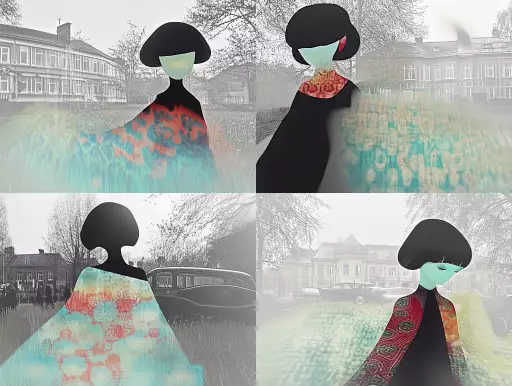
Blurring the Lines: AI-Generated Media and the Future of Creativity
The realm of creative expression is undergoing a seismic shift with the advent of artificial intelligence (AI). AI-powered tools can now generate images, music, text, and even videos with astonishing realism, blurring the lines between human and machine creativity. This rapid evolution presents both exciting opportunities and profound ethical challenges that demand careful consideration.
The Creative Canvas: Redefined
Imagine a world where artists can collaborate with AI to bring their visions to life more efficiently, where musicians can compose symphonies in seconds, and where writers can explore new narrative territories with ease. AI-generated media has the potential to democratize creativity, making it accessible to a wider audience and empowering individuals to express themselves in innovative ways.
From generating stunning visual art that mimics renowned styles to composing intricate musical pieces that evoke specific emotions, AI algorithms are pushing the boundaries of whats possible. These tools can assist artists by automating repetitive tasks, providing inspiration, and suggesting novel ideas, allowing them to focus on the higher-level aspects of their craft.
Ethical Considerations: Navigating Uncharted Territory
While the potential benefits are undeniable, the rise of AI-generated media also raises significant ethical concerns. One of the most pressing issues is authorship and ownership. Who owns the copyright to an artwork or piece of music generated by an AI? Is it the programmer who created the algorithm, the user who provides the input, or the AI itself?
Another concern is the potential for misuse. Malicious actors could leverage AI-generated media to create deepfakes – realistic but fabricated videos and audio recordings – for propaganda, disinformation, or even identity theft. This raises serious questions about trust, authenticity, and the integrity of information in the digital age.
Furthermore, there are concerns about the impact on human creativity. Will AI-generated media devalue the work of human artists and diminish the significance of original creation? Or will it serve as a powerful tool to enhance and augment human expression?
Striking a Balance: Responsible Innovation
Addressing these ethical challenges requires a multi-faceted approach involving collaboration between policymakers, technologists, artists, and the general public. Robust regulations are needed to establish clear guidelines for the ownership, use, and distribution of AI-generated media.
Transparency is crucial. Users should be informed when they are interacting with AI-generated content, allowing them to make informed decisions about its authenticity and potential biases. Education and awareness campaigns can help the public understand the capabilities and limitations of AI, fostering a more responsible and nuanced approach to its use.
The Future Landscape: Collaboration and Co-Creation
Looking ahead, the future of creative expression likely lies in a collaborative space where human ingenuity and AI capabilities converge. Artists will increasingly leverage AI tools to expand their creative horizons, exploring new forms of storytelling, visual art, and interactive experiences.
The key is to strike a balance, harnessing the power of AI while preserving the essential human elements that define creativity – imagination, empathy, and the ability to connect with audiences on an emotional level. By embracing responsible innovation and fostering open dialogue, we can shape a future where AI empowers and enhances human creativity, leading to a more vibrant and imaginative world.


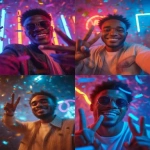
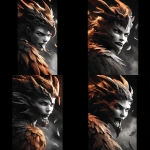
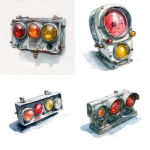

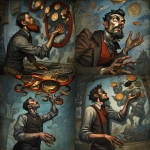



](https://images.ai-img.art/thumbnails/150/1d7b3a908141474d50d90721c394db29c0cb5404d685ae70ea60430c18e905b7.webp)


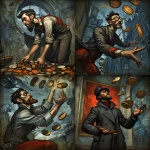


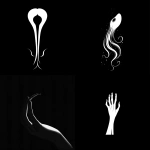


](https://images.ai-img.art/thumbnails/150/1accb5453f2335686b162f0a879c7ce73a18516a33868f214a16bdaf95beeb5a.webp)
](https://images.ai-img.art/thumbnails/150/8c320ce9aefbbb5b9ec5fd4e1d0fba7388f0fff5b6c2e2f14077cad3008f291d.webp)

](https://images.ai-img.art/thumbnails/150/3c5dc62bba83cc9919c20ebfec8430d31e821cef586a2753dd85ef26d77d480a.webp)
](https://images.ai-img.art/thumbnails/150/3e8c063b4357fc743a3c6e49a3145ee31b2dcecc018c38d2db8f97bf3e3fda3f.webp)